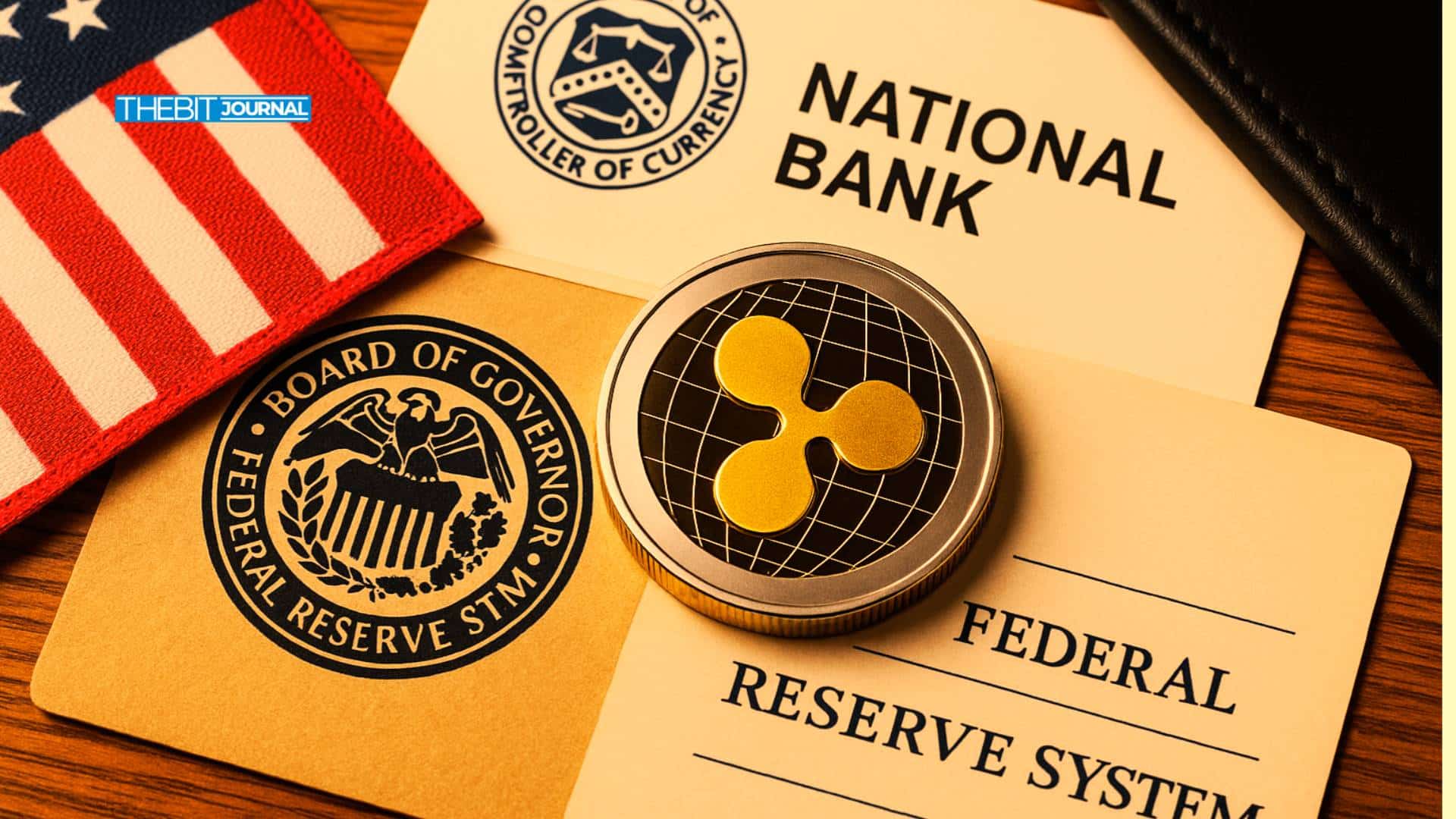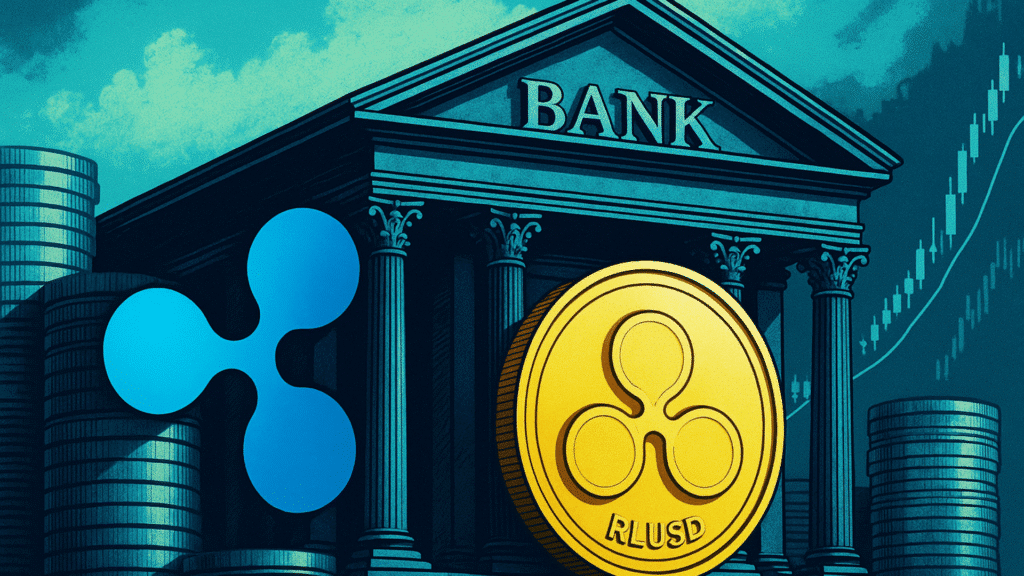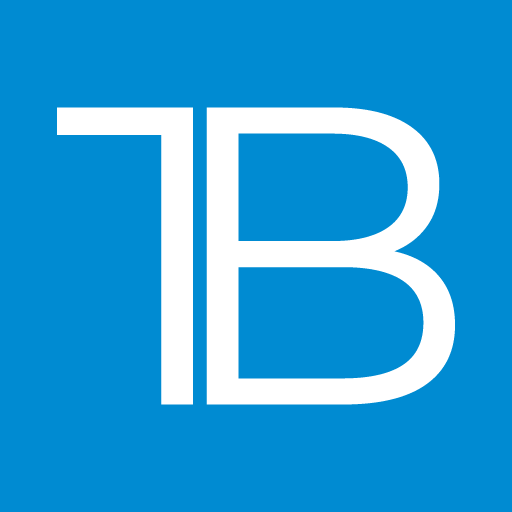Ripple Bank Charter Fuels XRP Rally, Boosts Stablecoin Credibility
0
0

According to the source, Ripple national banking license plans are underway as the company seeks stronger regulatory approval in the U.S. By applying to the OCC, Ripple aims to transition from a crypto-native firm to a federally regulated financial institution.
Ripple is making this move to get federal and state oversight as it expands its operations connected to its RLUSD stablecoin.
Ripple confirmed it has filed two applications on Wednesday, one for a national bank charter and another for a Federal Reserve master account through its recently acquired subsidiary, Standard Custody.
Ripple Bank Charter Could Redefine Stablecoin Trust
The Ripple bank charter plan aligns with the passing of the GENIUS Act, which is a newly approved Senate bill that places regulatory responsibility for large stablecoin issuers under the OCC

Experts say Ripple’s early move follows a growing trend, as other major firms like Circle are also applying for similar licenses to secure their stablecoin businesses for the future.
Ripple CEO Brad Garlinghouse said that this application sets “a new standard for trust in the stablecoin market. He explained that having federal and state regulations shows Ripple’s strong focus on following rules.
He also mentioned on X that Ripple wants RLUSD to stand out as the stablecoin market keeps growing. Ripple’s RLUSD token is currently regulated at the state level by the New York Department of Financial Services.
The token has expanded its presence in the market and is now valued at around $470 million. Many expect its demand to grow even more if Ripple secures the federal charter.
Ripple Fed Account Could Boost Crypto Infrastructure
The Ripple Fed account application could be a major step forward for Ripple’s goals. Experts believe that having direct access to the Fed’s payment system would allow Ripple to handle RLUSD transactions faster, more safely, and with greater reliability.
Garlinghouse explained that getting access to the Fed would let Ripple hold RLUSD reserves directly with the central bank. He said that this would strengthen security and help build long-term trust in RLUSD.
Ripple’s application follows Circle’s similar filing, which shows that competition is growing among major U.S. stablecoin companies that want to fully follow federal rules.
| Metrics | Value |
| Current Price | $2.28 |
| 24H High Price | $2.29 |
| 24H Low Price | $2.17 |
| Trading Volume | $4.16B |
| Market cap | $134.6B |
XRP Price Climbs Amid Regulatory Optimism
XRP, the main token used in Ripple’s network, quickly reacted to the news. It rose over 3.2% to trade at $2.24 and later reached a high of $2.27. Currently, it is trading around $2.28.
Trading activity also increased sharply; its volume rose to $3.65 billion, showing a 38% daily jump, according to Coinglass data.
The derivatives market also surged. Open interest grew by 8% to $4.5 billion, and XRP futures trading volume went up by 29%. This shows growing institutional interest. Ripple national banking license news may further strengthen this trend by increasing investor confidence.
Crypto analyst Rina Kapoor from ChainScale Insights said the Ripple national banking license application adds more trust to Ripple. She said that big investors are now seeing XRP as more than just a token for speculation.
Ripple’s Banking Play a Strategic Hedge Against Uncertainty
The timing of the Ripple bank application is seen as strategic. The GENIUS Act now gives clear rules for stablecoins, and U.S. lawmakers and financial firms are showing more interest in digital assets.

By applying early, Ripple is making sure it stays compliant and competitive as new regulations take shape. This move also strengthens Ripple national banking license bid
Ripple’s goal to provide fully regulated stablecoin services shows that it wants RLUSD to become a key part of U.S. payment systems. This also suggests that Ripple sees stablecoins as an important part of its future plans.
Conclusion
The Ripple national banking license application is one of the most aggressive and strategic moves. If it gets approved, Ripple would be among the few crypto firms with a federal bank license and a Fed master account.
Ripple is getting ready for a future where stablecoin issuers face the same rules as banks, making its Ripple crypto license and Ripple seeks bank status efforts more of a necessity than a choice.
Summary
Ripple has applied for a Ripple national banking license from the U.S. OCC and a Federal Reserve master account. This move aims to bring stronger regulation and boost trust in its RLUSD stablecoin.
If approved, Ripple can directly access the Fed’s system, improving RLUSD’s security and speed. Experts say this could change stablecoin oversight in the U.S.
FAQs
1. What license has Ripple applied for?
The company has filed to become a nationally chartered bank under OCC supervision.
2. What other application did Ripple file along with the banking license?
The firm is also pursuing a Fed master account.
3. Which subsidiary is handling the applications?
Standard Custody, a Ripple-acquired firm, is handling the filings.
4. Is RLUSD currently regulated?
Yes, RLUSD is regulated by the New York Department of Financial Services.
5. Did XRP price react to Ripple national banking license news?
Yes, XRP rose to $2.28 with a 3.2% gain
Glossary
RLUSD: Ripple’s U.S. dollar-backed stablecoin, currently state-regulated.
National Banking License: A federal permit allowing Ripple to operate as a bank under U.S. law.
OCC- A U.S. regulator that oversees national banks.
GENIUS Act: A U.S. Senate bill empowering the OCC to regulate large stablecoin issuers.
Federal Reserve Master Account: A direct account with the U.S. central bank for secure payment access.
Sources
Read More: Ripple Bank Charter Fuels XRP Rally, Boosts Stablecoin Credibility">Ripple Bank Charter Fuels XRP Rally, Boosts Stablecoin Credibility
0
0
 Manage all your crypto, NFT and DeFi from one place
Manage all your crypto, NFT and DeFi from one placeSecurely connect the portfolio you’re using to start.





